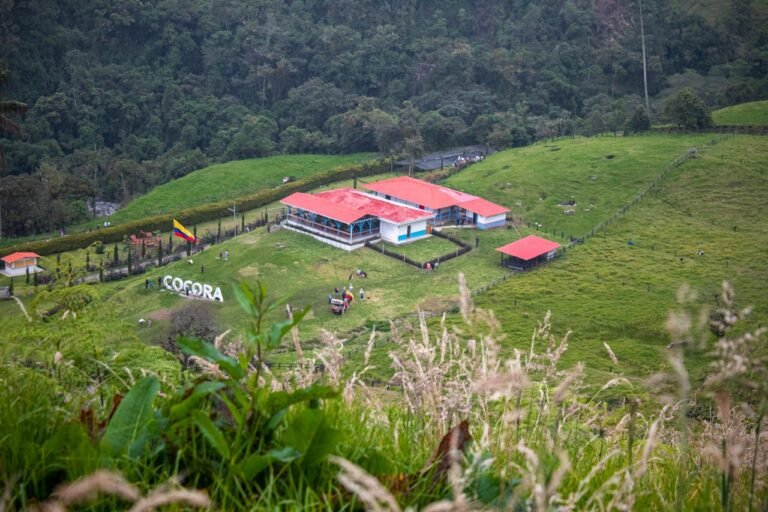Eco-Friendly Housing Solutions: 11 Creative Alternatives
Rapid urbanisation in recent years has raised some concerns about the environmental effects of housing choices. The construction sector is a major consumer of resources, using large quantities of raw stones, sand, gravel, and virgin wood.
The term “green construction” refers to building practices promoting sustainability and using eco-friendly materials in construction. The traditional method of home construction is not resource-efficient. Green construction prioritises using eco-friendly construction materials to make homes affordable and energy-efficient with simple installations.
Whether it’s bamboo, shipping containers, logs or clay, these materials can be put to good use to create a comfortable and simple living space.

In This Article
- #1. Earth Houses
- #2. Green Roof
- #3. Stone Houses
- #4. Shipping-crate Houses
- #5. Bamboo House
- #6. Tiny Houses
- #7. Hemp Concrete Houses
- #8. Wood-pallet Houses
- #9. Earthship
- #10. Tree House
- #11. Log House
Sustainable Alternative Housing Ideas
#1. Earth Houses
The Earth provides all we need to survive, and for millennia, humans have made homes from the soil beneath their feet. Building a house with earth was sustainable then and remains so today. Earth houses are not only sustainable but also durable. Techniques such as cob, rammed earth, and earthbags are used to create these long-lasting structures.
Cob House
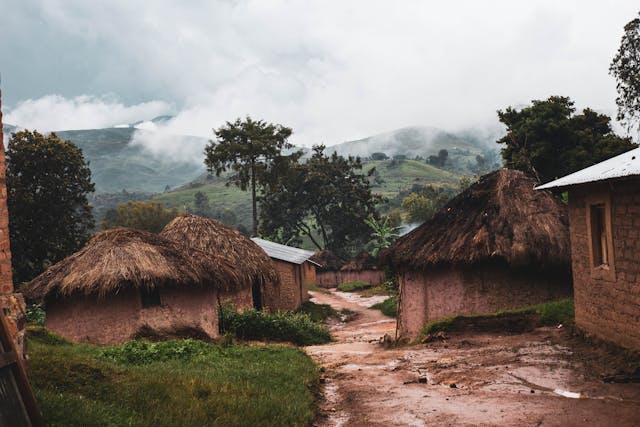
The term “cob” describes a material made of straw and soil. Homes constructed with cob appear similar to those made out of clay. Cob houses are unique and sustainably built to last for years.
Rammed Earth House
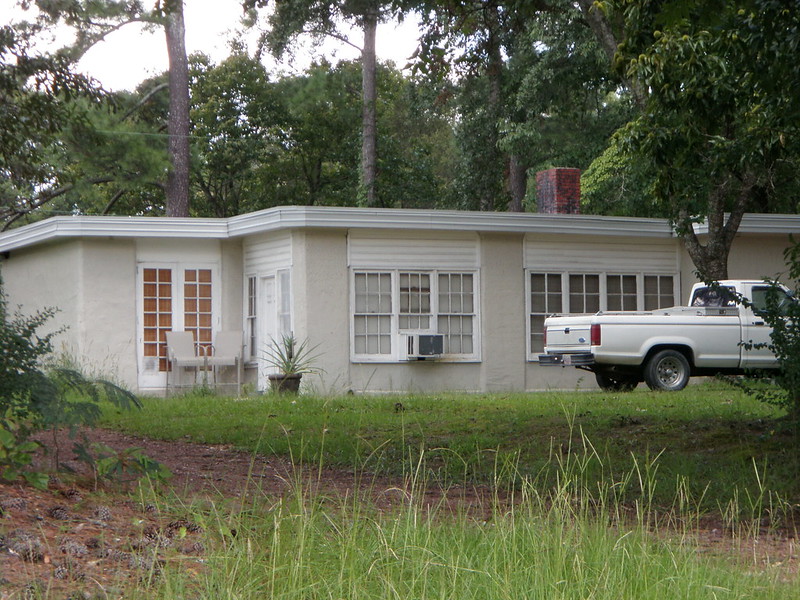
Rammed earth houses are built like moulding blocks. This involves filling the walls with an earth mixture. This construction process can be done by hand or with the use of a machine.
Once the earth mixture is packed and stable enough, moulds are removed to reveal a solid wall. This construction process continues until the entire house is covered with solid walls.
Learn more: How to Make Your House More Sustainable
Earthbag

Earthbag is an innovative construction technique where bags are filled with soil to construct a house. The bags filled with soil are perfectly laid in a straight line to form walls. The bags can also be used to make curved walls.
Different earth materials can be placed into these bags. Crushed volcano rocks can fill the earthbags to complete a housing project. It’s eco-friendly and affordable to construct houses using earthbags.
#2. Green Roof

A green roof is ideal for an eco-minded individual who wants to build an energy-efficient home. This natural roof installation helps to manage stormwater runoff. It creates an atmosphere better than what regular roofs are designed for.
A green roof absorbs heat and functions as an insulator to reduce air and noise pollution. A green roof installation is a wise choice to cut down on energy costs during the hot summer months.
Green roofs can support a few small plants on the inches-thick soil layer. They offer more than just regulating indoor heat.
#3. Stone Houses
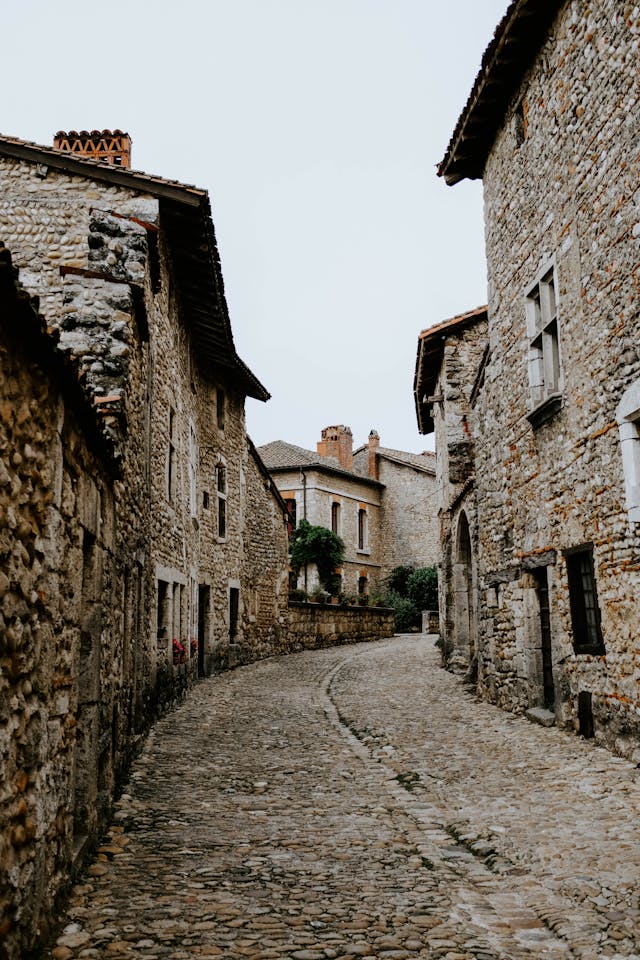
With stones, different civilisations around the world built structures that still stand today. Some of these stone structures are difficult for us to build today, even with the technology we have.
Stone houses have lasted through the ages—they are sustainable for construction without any budget for additional painting. Stones are natural and solid materials used in home construction to create a comfortable living space.
#4. Shipping-crate Houses

Constructing houses with shipping containers is becoming more popular and accepted by many in major cities around the world. Shipping-crate homes are cost-effective, yet they are built sustainably with trendy interior décor.
Shipping-crate houses are a type of tiny home with green installations to make living more comfortable. Green installation in these homes includes solar panels, green insulation, and rainwater harvesting systems.
Learn more: 10 Environmental Benefits of Micro-Homes
#5. Bamboo House
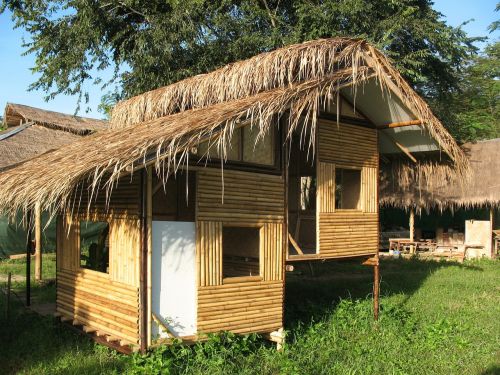
A bamboo house may sound like a locally constructed, simple, makeshift shelter, but in reality, bamboo houses are built with materials that are more durable and sustainable than plywood or wood.
Bamboo homes are sustainably built to withstand natural occurrences. When properly treated, bamboo can last for decades with minimal maintenance.
#6. Tiny Houses
With a floor space not larger than 400 square feet (37 square metres), tiny houses are a sustainable alternative housing idea that many are taking advantage of. It’s a living space built with green building materials. Not only are they cost-effective, but they are also built with recycled supplies to ensure energy efficiency and reduce costs on energy bills.
Tiny houses are an innovative housing option that aims to reduce an individual’s carbon footprint.
#7. Hemp Concrete Houses

Hemp concrete was developed as a sustainable alternative to traditional concrete, which is more energy-intensive.
Hemp concrete is made from mixing hemp, limestone, and water. Building with this material guarantees durable and fire-resistant walls. Hemp concrete is also said to be insect-resistant.
#8. Wood-pallet Houses

Wood-pellet houses were developed with the intent to provide affordable housing. The materials are inexpensive but they can be useful in home construction. They are reusable, easy to recycle and useful in building comfortable and energy-efficient living spaces.
#9. Earthship

Earthships, according to Wikipedia, are a unique style of architecture developed in the late 20th century to the early 21st century by American architect Michael Reynolds.
Earthships are designed to regulate the harsh temperature of the desert. They are built to maintain indoor temperatures at 21 degrees Celsius (70 degrees Fahrenheit).
Construction materials for earthships typically consist of tin cans and bottles.
#10. Tree House
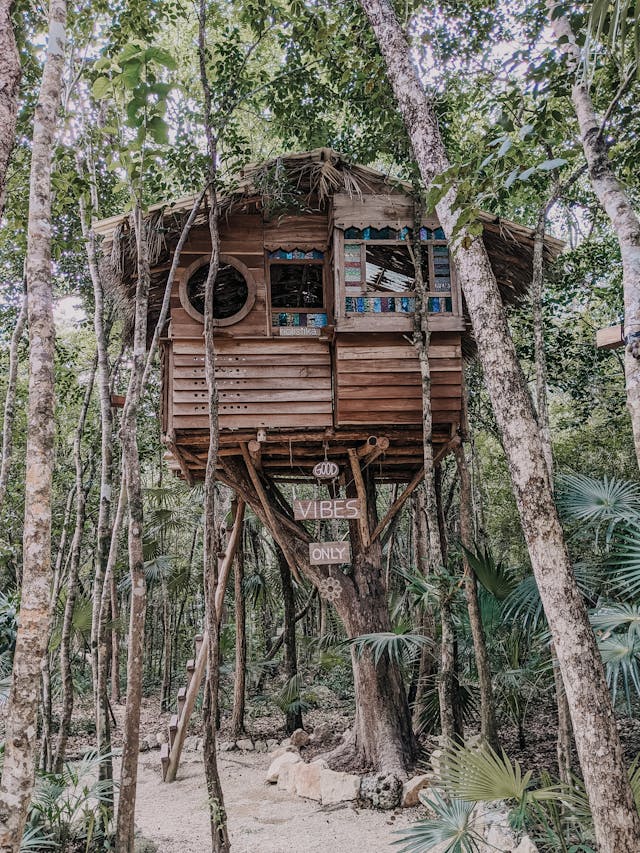
A tree house is always fun and feels like a housing project that brings families together. It’s the dream of many kids who live close to nature to build a tree house.
Treehouses are not just a kid’s dream anymore. They have become so popular that you can now find Airbnb treehouse rentals with exquisite indoor décor. It’s an experience in nature and an environmentally friendly housing option worth considering.
Learn more: How to Dispose of Carpet Properly
#11. Log House

A log house is similar to a tree but it’s built on a surface with horizontal logs interlocked at the corners by notching. The logs used in constructing these houses have varying degrees of moisture content.
Log houses are sustainable housing ideas built with renewable materials.
Conclusion
While housing costs are becoming more expensive by the day, considering cost-effective and environmentally friendly alternatives is a wise solution. These alternatives reduce energy expenses with green installations that create a comfortable living space.


